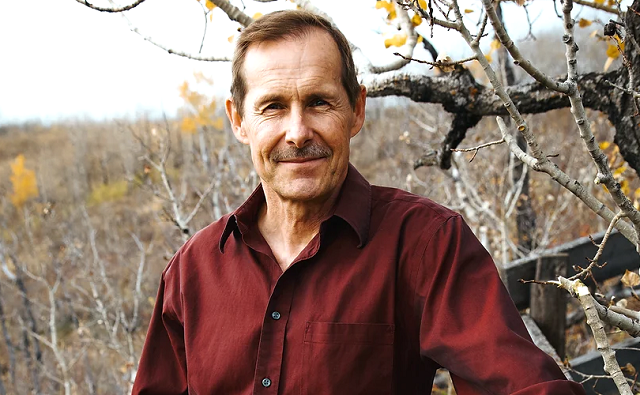Opinion
Red Deer died a little last year. Where is the plan? Can we talk about it?
Red Deer died a little last year. 975 more people moved out of Red Deer last year than moved into Red Deer. 777 of that loss was felt north of the river. Where is the discussion, where is the plan to stop this outward migration of residents? Does anyone at city hall care?
I see in the budget being presented on April 18, 2017 that there is almost 2 million dollars set aside for downtown revitalization. That is on top of the approximately 50 million for development around the arena, 50 million for road re-alignment, already completed. Lest we forget the 135 million to relocate the public works yard out of downtown, throw in the over constructed bus station and we are going to spend another million or two on revitalization. Next year or 2 they will be spending 100 million or so on the downtown recreation centre, 5 million on the railway bridge. They are talking about building a 23 million dollar footbridge a few hundred metres from the Taylor bridge. All that means that the city will have, is, and will be spending a half billion dollars downtown.
North of the bridge, where we have a huge problem, the last school was built in 1985, the last recreation centre was built before that, and there is no high school, now or planned. What is the plan?
In 1985 40% of the city’s population lived north of the river. It was an economic hub for central Alberta, now only 30% live north of the river. Where is the plan?
North of the river the residents have only the Dawe Centre for indoor facilities, no high school gyms to offer young people, but south of the river they will see their 4th high school opening this fall and 2 more on the books. They also have the Downtown Recreation Centre, Michener Aquatic Centre, Downtown Arena, Centrium ice, Collicutt Recreation Centre, Pidherney Curling Centre, Kinex Arena, Kinsmen Community Arenas, Red Deer Curling Centre, and the under-construction Gary W. Harris Centre. The city is also talking about replacing the downtown recreation centre with an expanded 50m pool.
Are we so blinded by bias against the north and biased for the downtown, that we do not care, we have no plan, and can only focus on the residents south of the river?
I have been talking about Hazlett Lake. Red Deer’s largest lake, located north of the river, north of Hwy 11a because it is up for development. It is a diamond in the rough, with potential that is being ignored at our cost. Lethbridge turned a slough into a lake into Henderson Park into a tourist attraction and they were the 5th fastest growing city in Canada, and they are only slightly smaller than Red Deer now and could overtake Red Deer this year.
Red Deer has a lake that they want to wrap with residential and industrial land. The city wants to spend a cool hundred million turning the downtown recreation centre into an aquatic centre. Why not build an Aquatic Centre on a lake?
The Gary W. Harris centre will be visible from Hwy 2, as is the sports Hall of Fame, as is Hazlett Lake. If Lethbridge can turn a slough into a tourist attraction why can’t Red Deer turn a lake into a tourist attraction.
Hazlett Lake is about the same distance from the Riverlands development as the Collicutt Centre. The Collicutt Centre came about because the city decided that with 55,000 residents the city needed a 4th recreational centre. It also spurred development in the south east and now 60% of the residents use it.
The development north of 11a would bring the total population north of the river to 55,000 if we stop the exodus of residents, but there is no plans for a 2nd recreation centre let alone a 4th north of the river.
There is no plan, no discussion to stem the outward migration in Red Deer. I sense that the bias against the north is so deep, so entrenched that they do not worry about it.
I mentioned this quite a few times, suffered some negative comments and have been told that the residents living north of the river can drive across town or take a bus. I guess the residents south of the river can’t.
The city will not do their annual census this year. It costs money, and if the city shrank even more they would lose provincial money and it would look bad just before the October 16 2017 election.
The city died a little last year, can we talk about it? Please.
National
Trudeau again blames ‘climate change’ for mostly man-made wildfires
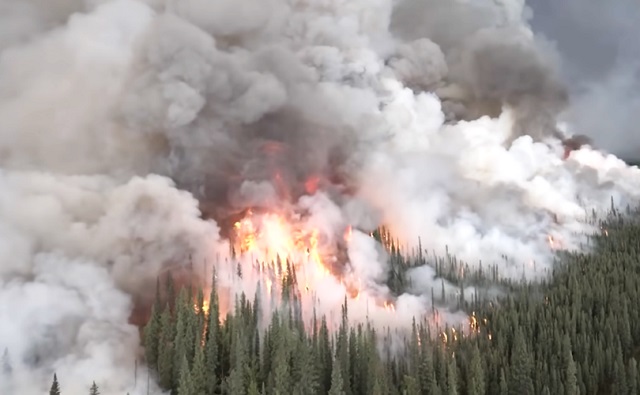
From LifeSiteNews
Trudeau and the media which his government funds appear intent on blaming Canada’s wildfires on ‘climate change’ in what seems to be an attempt to justify radical public policy.
Prime Minister Justin Trudeau and his Liberals are once again blaming Canadian wildfires on “climate change” despite most being man-made.
In a May 10 press release, Prime Minister Justin Trudeau and Deputy Prime Minister Chrystia Freeland lectured Canadians on the so-called dangers of “climate change” amid Canada’s wildfire season, apparently ignoring that data has revealed that most wildfires are man-made.
“Climate change is here, and we’re making sure our communities are ready,” Trudeau stated.
“Last year was the worst wildfire season in Canadian history, and climate change is only causing more frequent and more extreme wildfires,” Freeland claimed.
In addition to the Liberal government, mainstream media outlets have also started publishing articles attributing Canada’s wildfires to “climate change.”
“The seeds of fire activity were sown over the winter and in past years as the world continues to warm because of human-driven climate change,” CNN claimed in a May 15 article.
Despite the claims of the Trudeau government, the Alberta Wildfire Status Dashboard, which tracks wildfires in the province, found that 232 (72.96%) of the wildfires started this year have been linked to human activity. On the other hand, only 1 (0.31%) was caused by lightning, while 85 (26.73%) remain under investigation.
Last month, Alberta Minister of Forestry and Parks Todd Loewen revealed that his department estimates that most of the province’s wildfires this year are man-made.
Additionally, an April study revealed that while global temperatures have “moderately” increased since 1950, the claim that extreme weather events are significantly increasing is unsupported by scientific evidence.
Telling Canadians the same lies as in 2023
Indeed, Trudeau and the media his government funds appear intent on blaming Canada’s wildfires on “climate change” regardless of the facts, similar to their tactics in spring 2023 when Canada faced one of its worst fire seasons.
“Rise in extreme wildfires linked directly to emissions from oil companies in new study,” Canadian Broadcasting Corporation (CBC), which gets 70 percent of its operating budget via tax dollars from the federal government, claimed at the time.
However, similar to now, Trudeau’s claims were unfounded and contradicted both research and wildfire data.
Indeed, despite claims that wildfires have drastically increased due to “climate change,” 2023 research revealed that wildfires have decreased globally while media coverage has spiked 400 percent.
Furthermore, many of the fires last spring and summer were discovered to be caused by arsonists and not “climate change.”
Last year, the Royal Canadian Mounted Police (RCMP) arrested and charged suspected arsonists for allegedly lighting fires across the country, including in the Yukon, British Columbia, and Alberta.
In Quebec, satellite footage also showed the mysterious simultaneous eruption of several blazes across the province, sparking concerns that the fires were a coordinated effort by arsonists.
Why push the ‘climate change’ narrative?
Trudeau’s determination to push the claim that the fires are unprecedentedly dangerous and caused by “climate change” appears by critics to be nothing but an attempt to pass further regulations on natural resources.
The Trudeau government has continued to insist on so-called net zero carbon policies, seeking a complete elimination of the fossil fuel industry in the future.
The reduction and eventual elimination of the use of so-called “fossil fuels” and a transition to unreliable “green” energy has also been pushed by the World Economic Forum (WEF) – the globalist group behind the socialist “Great Reset” agenda – an organization with which Trudeau and some in his cabinet are involved.
While Trudeau’s plan has been pushed under the guise of “sustainability,” his intention to decrease nitrous oxide emissions by limiting the use of fertilizer has been criticized by farmers. They say this will reduce profits and could even lead to food shortages.
Automotive
Governments in Canada accelerate EV ‘investments’ as automakers reverse course

From the Fraser Institute
Evidence continues to accrue that many of these “investments,” which are ultimately of course taxpayer funded, are risky ventures indeed.
Even as the much-vaunted electric vehicle (EV) transition slams into stiff headwinds, the Trudeau government and Ontario’s Ford government will pour another $5 billion in subsidies into Honda, which plans to build an EV battery plant and manufacture EVs in Ontario.
This comes on top of a long list of other such “investments” including $15 billion for Stellantis and LG Energy Solution, $13 billion for Volkswagen (with a real cost to Ottawa of $16.3 billion, per the Parliamentary Budget Officer), a combined $4.24 billion (federal/Quebec split) to Northvolt, a Swedish battery maker, and a combined $644 million (federal/Quebec split) to Ford Motor Company to build a cathode manufacturing plant in Quebec.
All this government subsidizing is of course meant to help remake the automobile, with the Trudeau government mandating that 100 per cent of new passenger vehicles and light trucks sold in Canada be zero-emission by 2035. But evidence continues to accrue that many of these “investments,” which are ultimately of course taxpayer funded, are risky ventures indeed.
As the Wall Street Journal notes, Tesla, the biggest EV maker in the United States, has seen its share prices plummet (down 41 per cent this year) as the company struggles to sell its vehicles at the pace of previous years when first-adopters jumped into the EV market. Some would-be EV makers or users are postponing their own EV investments. Ford has killed it’s electric F-150 pickup truck, Hertz is dumping one-third of its fleet of EV rental vehicles, and Swedish EV company Polestar dropped 15 per cent of its global work force while Tesla is cutting 10 per cent of its global staff.
And in the U.S., a much larger potential market for EVs, a recent Gallup poll shows a market turning frosty. The percentage of Americans polled by Gallup who said they’re seriously considering buying an EV has been declining from 12 per cent in 2023 to 9 per cent in 2024. Even more troubling for would-be EV sellers is that only 35 per cent of poll respondents in 2024 said they “might consider” buying an EV in the future. That number is down from 43 per cent in 2023.
Overall, according to Gallup, “less than half of adults, 44 per cent, now say they are either seriously considering or might consider buying an EV in the future, down from 55 per cent in 2023, while the proportion not intending to buy one has increased from 41 per cent to 48 per cent.” In other words, in a future where government wants sellers to only sell EVs, almost half the U.S. public doesn’t want to buy one.
And yet, Canada’s governments are hitting the gas pedal on EVs, putting the hard-earned capital of Canadian taxpayers at significant risk. A smart government would have its finger in the wind and would slow down when faced with road bumps. It might even reset its GPS and change the course of its 2035 EV mandate for vehicles few motorists want to buy.
Author:
-
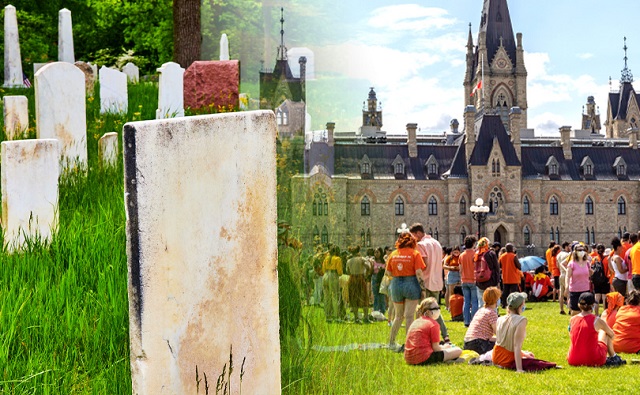
 National2 days ago
National2 days agoDespite claims of 215 ‘unmarked graves,’ no bodies have been found at Canadian residential school
-

 Brownstone Institute1 day ago
Brownstone Institute1 day agoThe WHO’s Proposed Pandemic Agreements Worsen Public Health
-

 John Stossel1 day ago
John Stossel1 day agoProtecting Free Speech: The Early Warning Signs From Around The World
-

 armed forces1 day ago
armed forces1 day agoTrudeau government has spent $10 million promoting DEI in the military as recruitment flounders
-
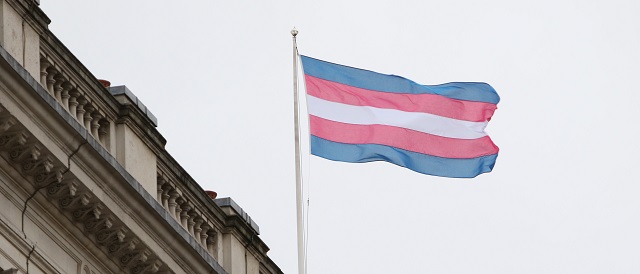
 Health1 day ago
Health1 day agoTHE WPATH TAPES: Behind-The-Scenes Recordings Reveal What Top Gender Doctors Really Think About Sex Change Procedures
-

 COVID-191 day ago
COVID-191 day agoTrudeau’s public health agency recommends another experimental COVID booster
-

 illegal immigration2 days ago
illegal immigration2 days agoPanama’s Incoming President Wants To Shut Down His Country’s Most Treacherous Route For Migrants — But Will It Work?
-
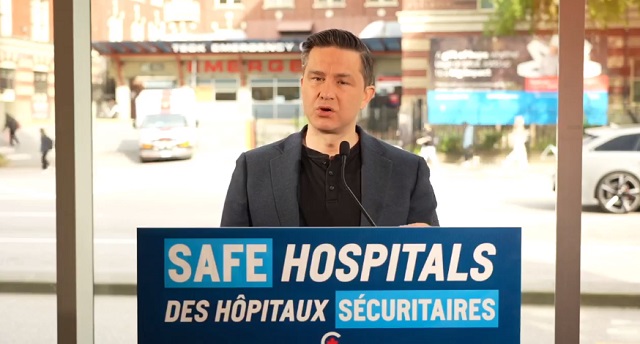
 Addictions1 day ago
Addictions1 day agoPoilievre attacks decriminalization of hard drugs with Safe Hospitals Act






